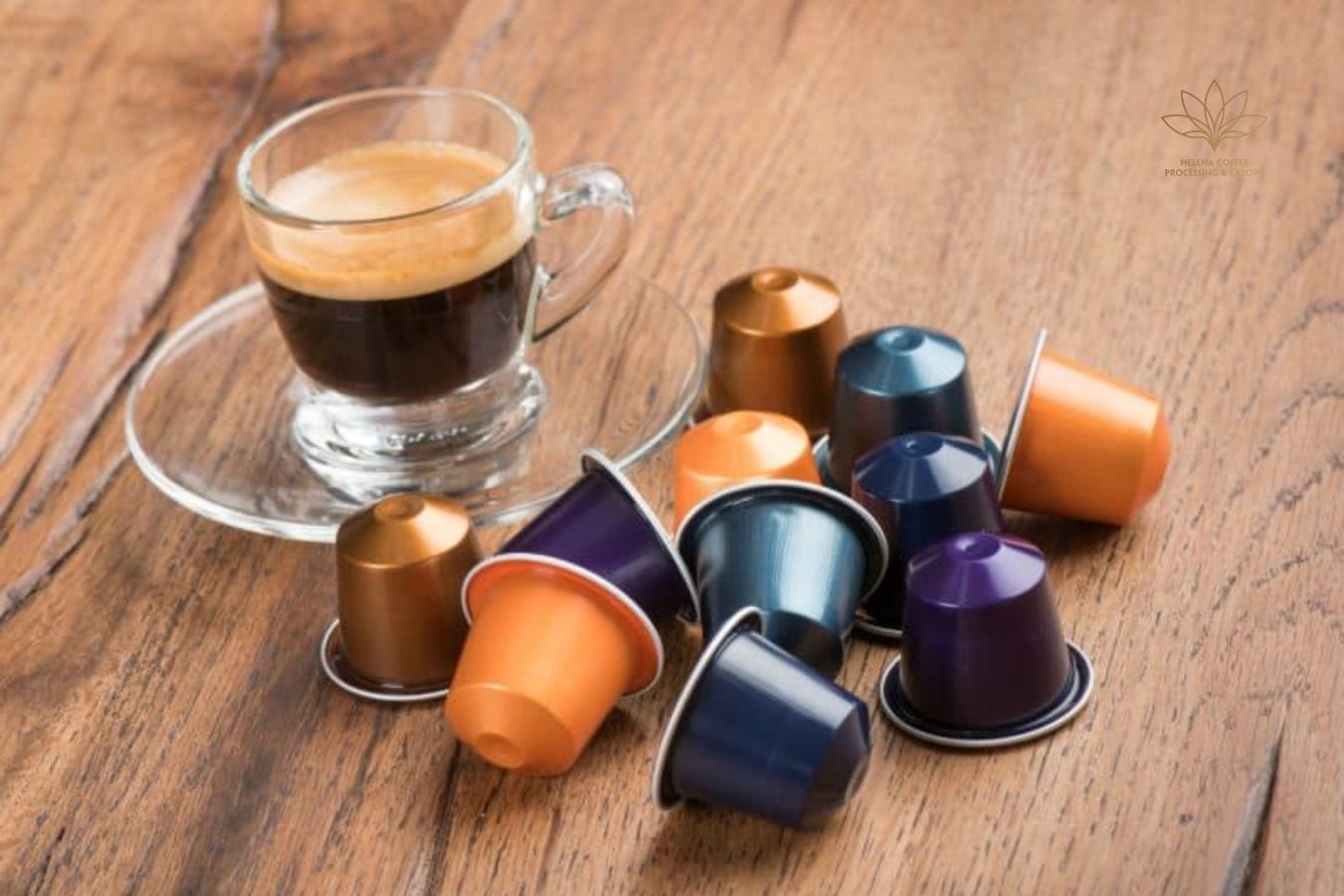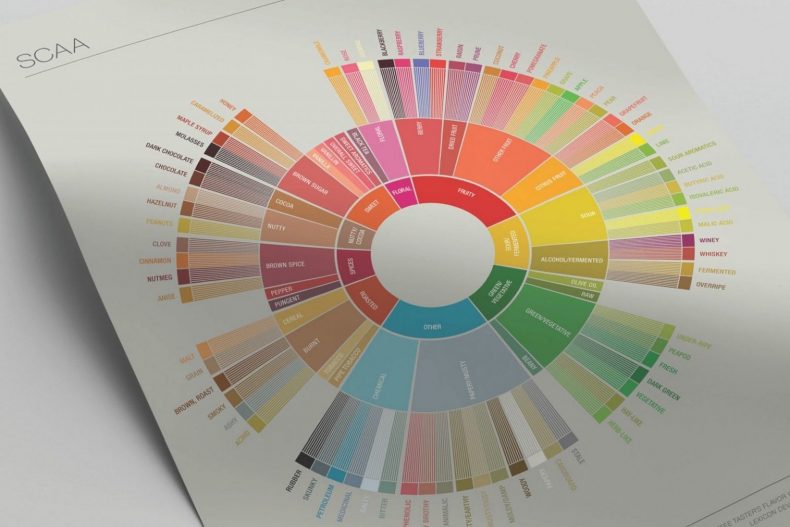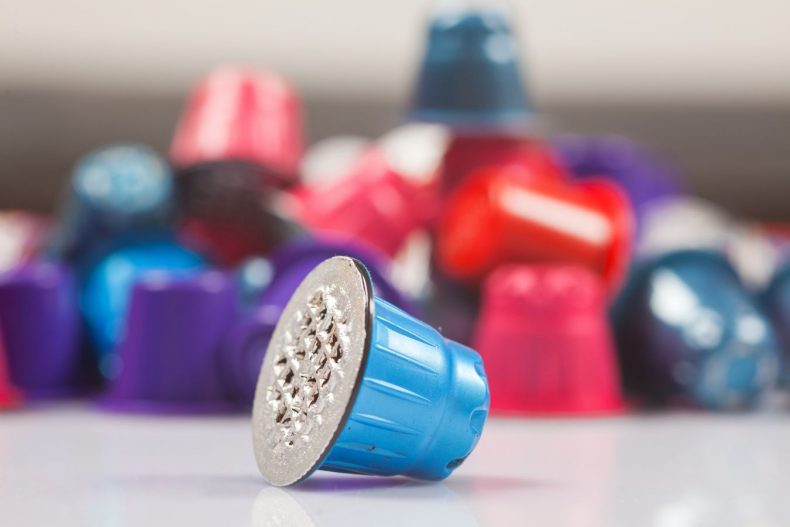
Coffee capsules have become significantly popular in the global market. Straits Research forecasts the coffee capsule and pod industry to reach a valuation of US $50 billion by the decade’s end. This growth trajectory began with Nespresso’s introduction to the European market in the late 1980s and has been on an upward trend since. Statista’s research highlights that single-serve brewing systems, like Keurig, ranked as the second most favored brewing method in US households as of 2020, with expectations of increased popularity.
The market for coffee capsules has expanded, offering a broader range of products than previously available. This evolution necessitates that roasters comprehend the distinctions among these products and their market appeal to ensure successful sales.
In pursuit of insights on how roasters can effectively engage with the diverse range of coffee capsules, discussions with industry specialists at AFPAK, a company specializing in capsule filling and packaging solutions, were conducted. Their expert opinions offer a deep dive into capitalizing on the evolving coffee capsule market.
Why are Coffee Capsules So Popular?
The popularity of coffee capsules can be attributed to several key factors, as outlined by Jeffree Yang, the CEO of AFPAK. These include convenience, ease of use, affordability, and a wide variety of product options. An emphasis on sustainability is also driving market growth. Yang highlights that coffee capsules are designed to preserve the coffee’s freshness, ensuring flavors and aromas remain intact over time due to their airtight, sealed packaging.
The market has seen an expansion in the availability of specialty coffee capsules, allowing consumers to enjoy a higher quality of coffee. This variety enables roasters to meet diverse taste preferences, enhancing consumer satisfaction.
Sustainability concerns have been addressed with the advent of more environmentally friendly materials for capsules. This shift includes the use of recyclable, biodegradable, and compostable materials, reducing the environmental impact of capsule waste. According to Allen Cao, a machine designer at AFPAK, these initiatives are part of a broader effort to make coffee capsules more sustainable, responding to global concerns about their environmental footprint.
Which coffee pods are the most popular?
Nespresso stands out as the leading coffee capsule brand globally, with an impressive consumption rate of 400 capsules every second. Since their introduction in the 1980s, Nespresso has diversified its offerings to include a variety of coffee origins and beverage styles, according to Allen.
Nespresso enjoys widespread popularity in Europe, but faces competition from other brands in international markets. To address this, Nespresso introduced Vertuo capsules for the North American market, which produce larger beverages than their standard capsules.
In the United States, Keurig also enjoys significant popularity. Data from Statista reveals that Keurig Green Mountain pods generated sales exceeding US $1.2 billion in 2022.
Jeffree and Allen highlight that, alongside Nespresso, other coffee pod brands play significant roles in the European market. Lavazza, an Italian brand known for its roast and ground products, also offers coffee capsules and has a significant influence on Italian coffee culture.
Another noteworthy brand is Caffitaly, particularly popular in Germany. Its brewing systems, developed by Italian coffee machine manufacturer Gaggia, are designed to closely mimic espresso, according to Allen.
Capsules design & its impacton coffee extraction and flavour
The diversity in capsule design across the market significantly influences the extraction process and the resulting coffee flavour. Variations in size and the amount of coffee per capsule contribute to these differences. Experts Allen and Jeffree highlight the pivotal role of capsule technology in determining coffee quality.
Historically, lower-quality capsules have been associated with brewing inconsistencies, such as leaks and uneven extraction, leading to compromised flavour and increased waste. However, advancements in technology have led to significant improvements in capsule design, enhancing the brewing process and preserving the integrity of coffee flavour.
Caffitaly’s innovative design incorporates dual micro-filter counter-pressures within each capsule, facilitating an even distribution of pressure during extraction. This design not only intensifies the coffee’s flavour but also enhances crema production.
Similarly, Nespresso’s technology stands out for its use of centrifugal force and air integration during extraction, producing a distinctive crema and flavour profile.
These advancements reflect the coffee industry’s commitment to innovation, aiming to deliver a superior brewing experience and quality coffee through capsule technology.
How are different types of capsules manufactured?
The manufacturing of capsules involves various methods, considering the extensive variety in size and design across the market. For roasters and businesses looking to enter the capsule or pod market, grasping these nuances is crucial for achieving optimal results.
Allen highlights that the specific requirements for a capsule depend on several factors, including its structure, the coffee quantity, brewing system pressure, and the desired coffee flavors. One critical aspect to consider in capsule manufacturing is the choice of materials, as this significantly impacts the preservation of coffee freshness and flavor.
Aluminium is highly recommended by experts like Allen for its superior ability to act as a barrier against oxygen, thereby extending the freshness of the coffee. Additionally, aluminium’s recyclability aligns with sustainability efforts, provided it is disposed of properly.
The development of sustainable materials has opened new avenues for plastic capsules, enhancing the ability to maintain coffee’s unique flavors through advanced filling and packaging technologies. Collaborating with manufacturers such as AFPAK allows coffee companies to explore suitable options that align with their brand identity and profitability goals, ensuring that they leverage the best capsule designs for their products.
What should roasters consider when entering the capsules market?
When diving into the capsule market, roasters should start by selecting the right type of coffee, considering its unique flavor profile, origins, altitudes, and terroir, as Jeffree suggests. This choice is crucial because it sets the foundation for the product.
The next critical decision involves selecting a capsule brand that aligns with the target market. As Allen points out, different brands have varying popularity across markets, making it essential to choose one that resonates with the intended audience.
Roasters also need to focus on the capsule filling process, which requires high-precision equipment capable of filling, sealing, and nitrogen flushing to minimize waste and maintain coffee freshness. Jeffree emphasizes the importance of precision to ensure consistent quality and freshness preservation.
Working with a specialist capsule partner, like AFPAK, which has assisted over 300 coffee companies, is often necessary for successful manufacturing, filling, and sealing processes. As the capsule market continues to evolve, with an increasing variety of types and models, roasters, especially small and medium-sized ones, may find it beneficial to leverage external expertise throughout the development process. This collaboration can help roasters navigate the complexities of the market and achieve profitability while maintaining their brand integrity.
FAQS:

